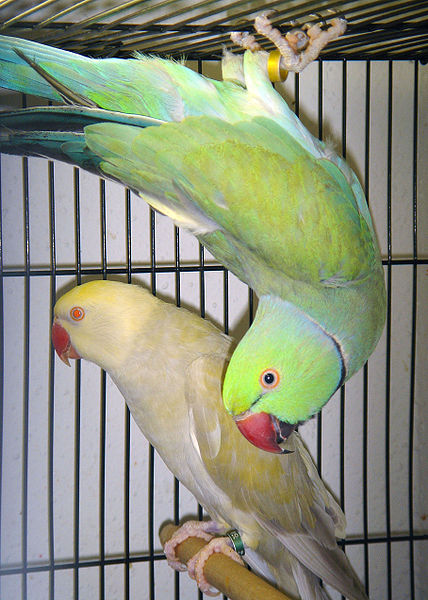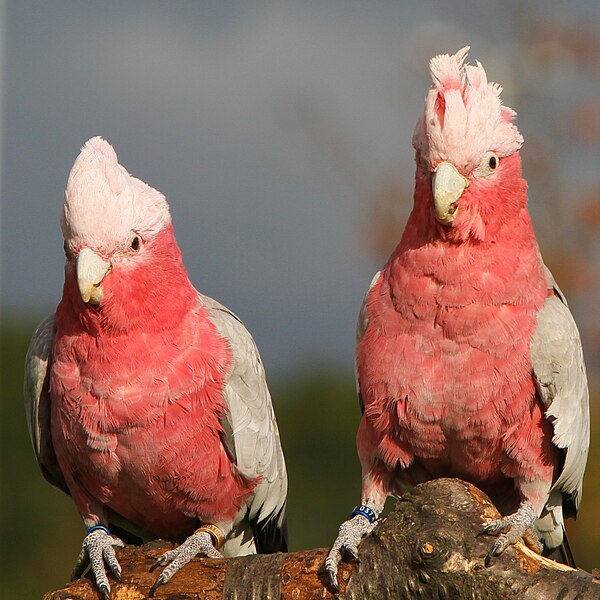 Surprisingly, a rare little bird from South America is responsible for all the red and orange Canaries (Serinus canarius) in existence today. Known also as the Venezuelan Red Siskin or the Black Hooded Red Siskin, this brilliant songster (Carduelis cucullata) “donated” the red genes responsible for the birds that have come to be known as Red Factor Canaries.
Surprisingly, a rare little bird from South America is responsible for all the red and orange Canaries (Serinus canarius) in existence today. Known also as the Venezuelan Red Siskin or the Black Hooded Red Siskin, this brilliant songster (Carduelis cucullata) “donated” the red genes responsible for the birds that have come to be known as Red Factor Canaries.
A Pairing of Different Species
New color phases of birds are produced by breeders all the time, but the story behind Red Factor Canaries has an odd twist. Usually, species within the same genus are bred together during such experiments. Canaries and Siskins, however, are not all that closely related, and are not even classified within the same genus.
What About Color-Enhancing Foods?
Although natural foods containing carotene and commercial Color-Enhancing Diets can brighten the reds and oranges in Canary plumage, genes put the color there in the first place. The same principle applies to other species as well – early on while working at the Bronx Zoo I learned that if I did not mix enough whole red shrimps into the Chilean Flamingo food, the birds took on a “bleached-out” appearance very quickly – which angered the zoo’s director, who had collected the birds himself!
Fertility Problems
Originally, male Siskins were mated to female Canaries, and the chicks exhibited characteristics of each. These hybrids were then bred back to Canaries, and eventually a bird that looked just like a Canary, but sported the gorgeous plumage of the Siskin, was developed – and thus we came to have Red Factor Canaries. The male offspring of a Siskin/Canary cross are only partially fertile, and females are usually infertile.
Fertility among Red Factor Canaries is still not high; breeders usually find it necessary to utilize pure Red Hooded Siskins as breeding stock from time to time.
In Part II we’ll take a look at Siskin care and natural history.
Further Reading
Hobbyists interested in Siskin breeding and conservation can join the AFA’s Black Hooded Red Siskin Project.
Please see my article on Canary Types for more on other interesting Canary strains.
A video showing a colony of breeding Siskins is posted here.
 That Bird Blog – Bird Care and History for Pet Birds
That Bird Blog – Bird Care and History for Pet Birds



